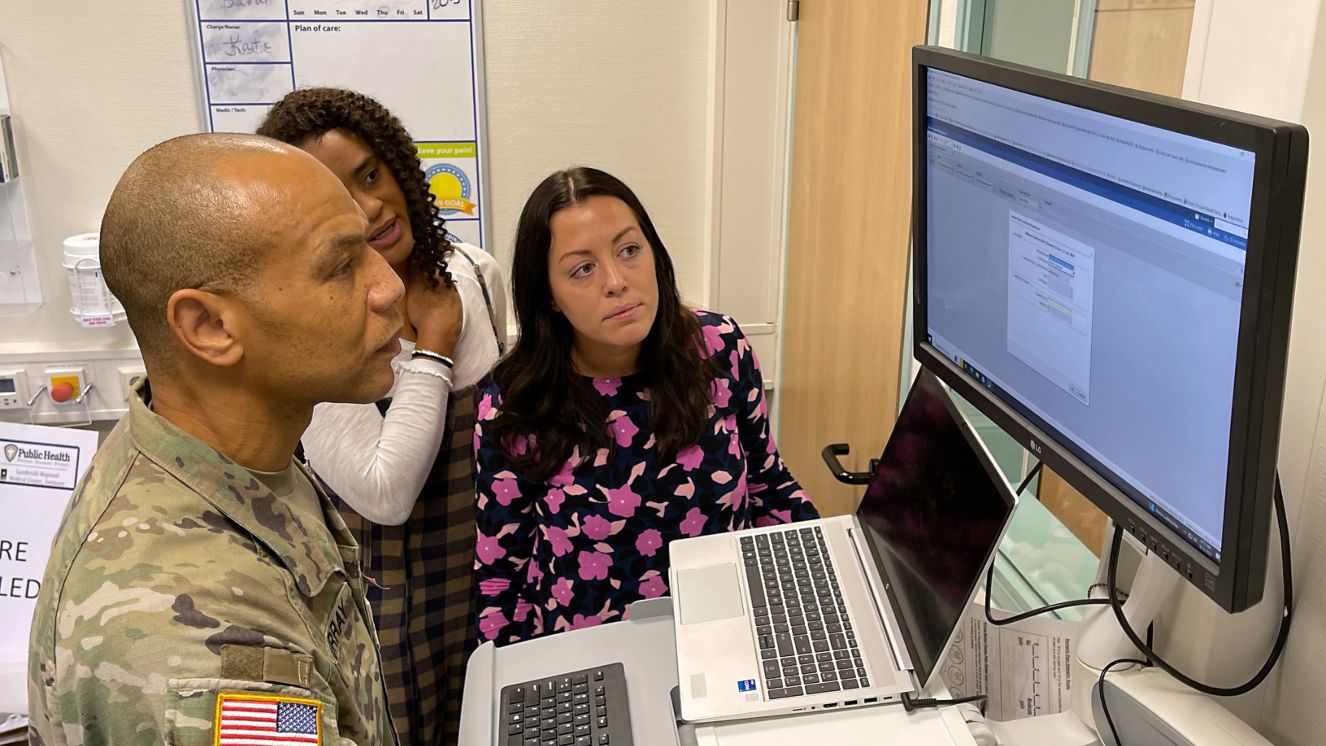SERVICE ANIMALS TRANSFORM VETERAN RECOVERY AT PAWS OF WAR

Dogs are perfect companions because they are loyal to their owners and can show unconditional love through their actions. How can you not love those puppy eyes, smooth fur, and sometimes a goofy attitude? That is why some troops stationed overseas also do their part and rescue homeless or neglected dogs and cats. Of course, not all service members can accommodate these four-legged friends in their homes, but the least they can do is rescue them from the horrible state of living they're in. To help these furry companions, an organization, Paws of War, is ready to help and provide the necessary needs for these cats and dogs.
Paws of War: Founding and Mission
This organization started in 2014 to support the rescues that troops brought home. In total, the organization helped and sheltered around 600 cats and dogs. Paws of War's efforts would not be possible without its volunteers, who have reached a total of 988 since they started the advocacy. They also rescue dogs from dead shelters, and some of the dogs are even being trained to become service dogs.They provide service dogs and training to Vets and first responders who pass all prerequisites. First, you need to have served in any branch of the military, suffering from a service-connected disabling medical condition, have been discharged from any reserve and service obligations, received a general or honorable discharge, must pass all the requirements of Paws of War, and must have completed the required certification and training requirements.
Service Dogs and PTSD Recovery for Veterans
After deployment, most service members suffer from PTSD, and some may have a difficult time recovering from it. The same goes with Russell Keyzer, a Vet who served in Kosovo for two years and had flashbacks of the horrors he had witnessed while in service. After coming home, he struggled to adjust, and the situation worsened. As time went by, Keyzer went to therapy; however, when symptoms became physical, his life started to fall apart. His blood pressure goes to the roof, he has violent physical reactions to crowds and noise, and sometimes he feels that his body is aggressive even though he is not.When he went to the Veterans Administration, he met another Veteran who is doing well now, and then he learned about Paws of War and their program. He was matched with a dog named Artemis; a lot has changed since she came into his life. Thanks to his service dog, he has become a more social person, and he is even working as a recovery coach and giving presentations to different groups.
Paws of War: Service Dog Training Program
The apprenticeship usually begins with simple obedience skills such as staying, sitting, and lying down. The next step is intermediate training, which is more advanced and can change depending on their life together. Lastly, there is advanced training, which focuses on task-specific training. Once the dog goes home, training brush-up sessions are still essential. The Veterans must be very involved. Thus, the dog must live with their handler once they enter the training process. This way, they can develop an understanding of each other and bond together.
Don the Military Dog
He is a 6-year-old military working dog, a Belgian Malinois at the Edwards Air Force Base, assigned to MWD Bravo 069. Don was trained to detect explosions and has participated in various foot patrols and secret service missions. He is such a promising addition to the team. However, his career was cut short due to an accident last year. Even though he recovered, Don was forced to retire. He had been awarded a medal in July to honor him.His handler, Aranda, and Don formed a strong bond, so when the pup got injured, it was only logical that his handler would be his forever home. But Don's medical bills were hefty, so Aranda was referred to the Paws of War for help, as they also support military members and their pets. They then promised to shoulder any current and future veterinary bills and take care of Don and Aranda.Suggested reads:
- These Are the Best Military Dog Breeds for Retired Military
- These 5 Movies About Military Dogs Are Perfect For Animal Lovers
Sources:
- Paws of War: Dogs Who Help Military Veterans With PTSD - Petful. https://www.petful.com/service-animal/paws-of-war/
- Retired Military Dog Don Returned to Former Military Handler: A Look at Their Heartwarming Reunion. https://www.yahoo.com/lifestyle/retired-military-dog-don-returned-145027213.html
- Paws of War reunites retired military dog with handler | Sacramento Bee. https://www.sacbee.com/news/california/article291555705.html
BY ALLISON KIRSCHBAUM
Veteran, Military History & Culture Writer at VeteranLife
Navy Veteran
Allison Kirschbaum is a Navy Veteran and an experienced historian. She has seven years of experience creating compelling digital content across diverse industries, including Military, Defense, History, SaaS, MarTech, FinTech, financial services, insurance, and manufacturing. She brings this expertis...
Credentials
Expertise
Allison Kirschbaum is a Navy Veteran and an experienced historian. She has seven years of experience creating compelling digital content across diverse industries, including Military, Defense, History, SaaS, MarTech, FinTech, financial services, insurance, and manufacturing. She brings this expertis...



